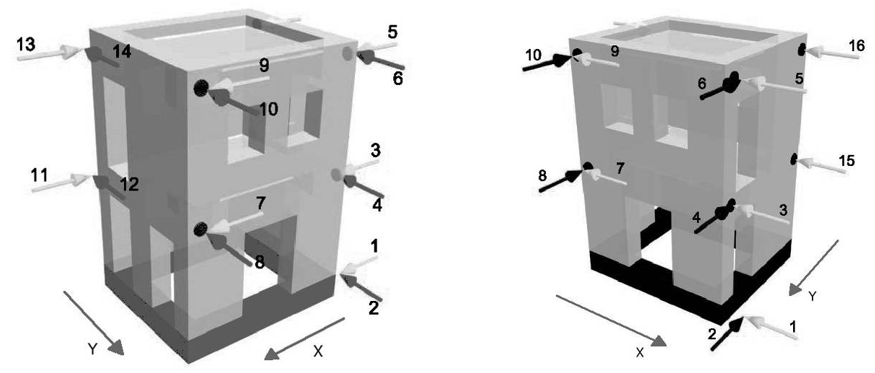N. Mazzon1, M. R. Valluzzi2, T. Aoki3, E. Garbin4, G. De Canio5, N. Ranieri6 and C. Modena7
- PhD student, University of Padova, Department of Structural and Transportation Engineering, Italy, nicola.mazzon@unipd.it
- Assistant Professor, University of Padova, Department of Structural and Transportation Engineering, Italy, valluzzi@dic.unipd.it
- Associate Professor, Nagoya City University, Graduate School of Design and Architecture, Japan, aoki@sda.nagoya-cu.ac.jp
- PhD, Professional Engineer, University of Padova, Italy, garbin@dic.unipd.it
- Structural Dynamic and Vibration Control Laboratory, ENEA Research Centre, Casaccia, Italy, decanio@casaccia.enea.it
- Structural Dynamic and Vibration Control Laboratory, ENEA Research Centre, Casaccia, Italy, nicola.ranieri@casaccia.enea.it
- Full Professor, University of Padova, Department of Structural and Transportation Engineering, Italy, modena@dic.unipd.it
ABSTRACT
An experimental campaign concerning the dynamic behaviour of historical stone masonry buildings in unreinforced condition as well as strengthened condition was carried out. Natural hydraulic lime based injection was used as strengthening. Two identical two-stories models, made of three-leaves stone masonry and wooden floors, were built in reduced scale of 2:3.
About 25 seismic inputs, divided in two shaking table tests, were performed: first model was tested in unreinforced conditions, while the second building was strengthened before the experiment using natural hydraulic lime based injection.
A preliminary investigation on the effectiveness of applied strengthening techniques in both damaged and undamaged structures was carried out. The variation of dynamic and modal parameters, damping factors and crack pattern were computed. For this reason “random” and “swept sine” inputs were applied to stress the structure and to extract modal parameters.
The analyses highlighted the capability of the hydraulic lime grout injections to substantially increase the ultimate strength without modifying the structural behaviour. Main results and a synthesis of obtained data are presented.
KEYWORDS: shaking table, stone masonry, multi-leaf, strengthening, dynamic identification
C2-4



